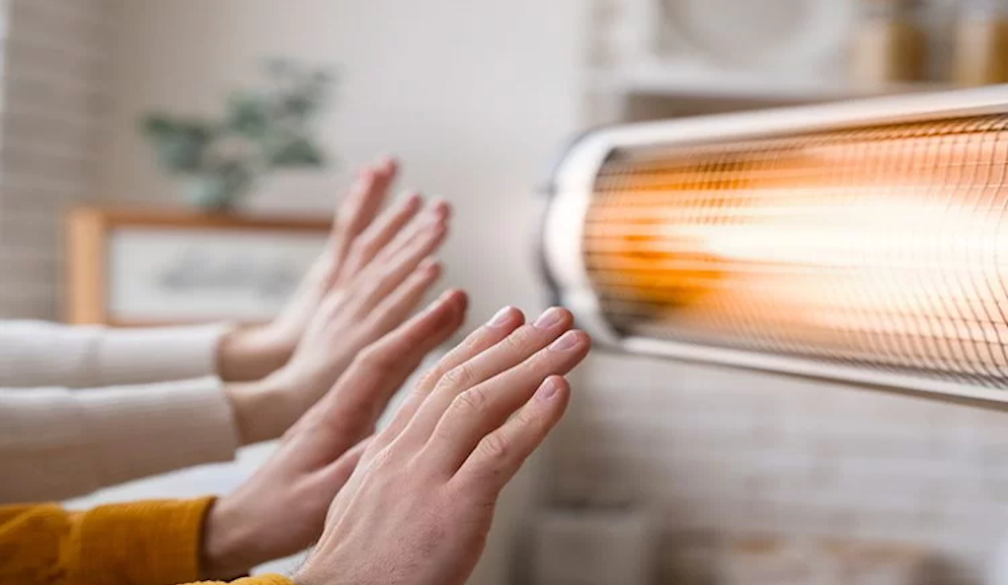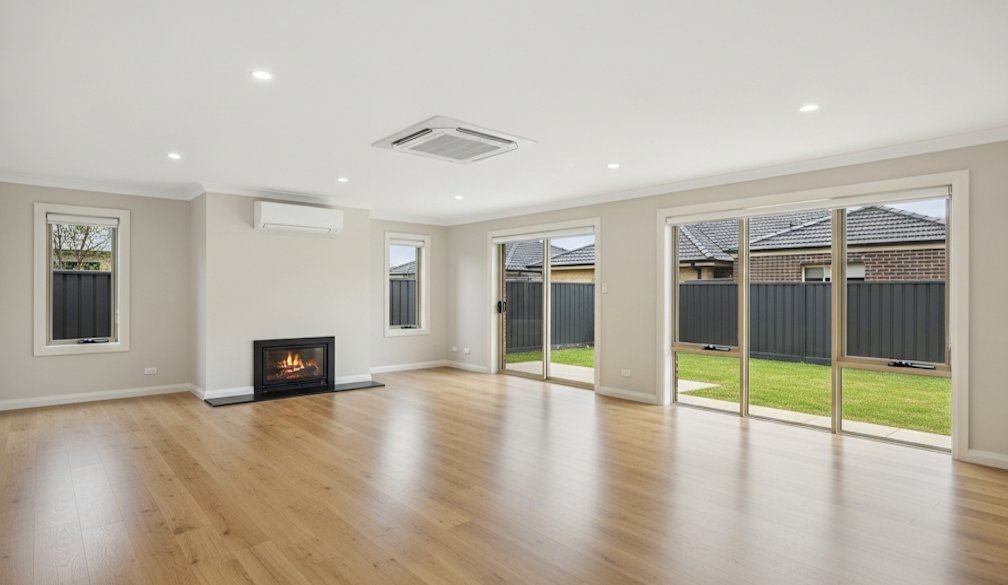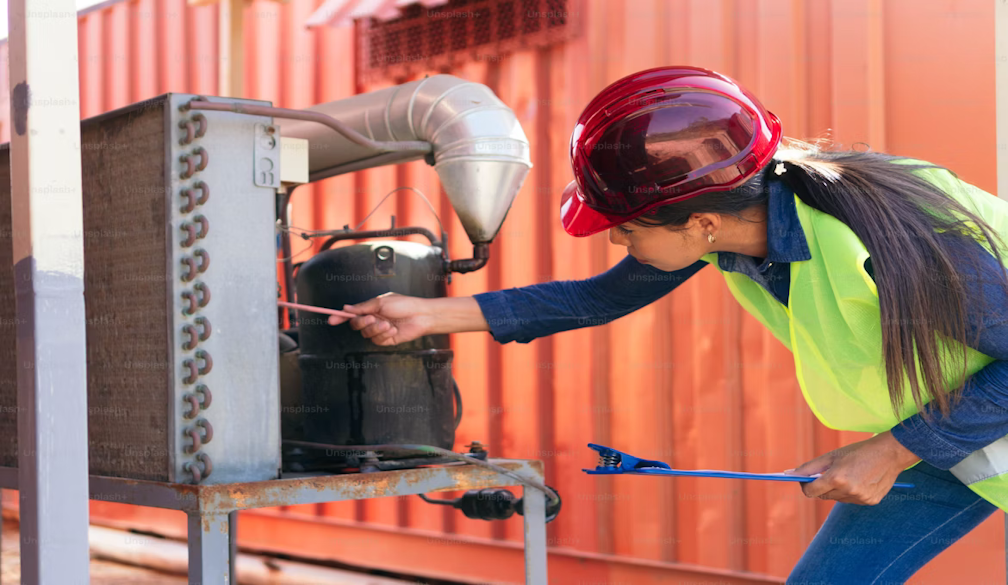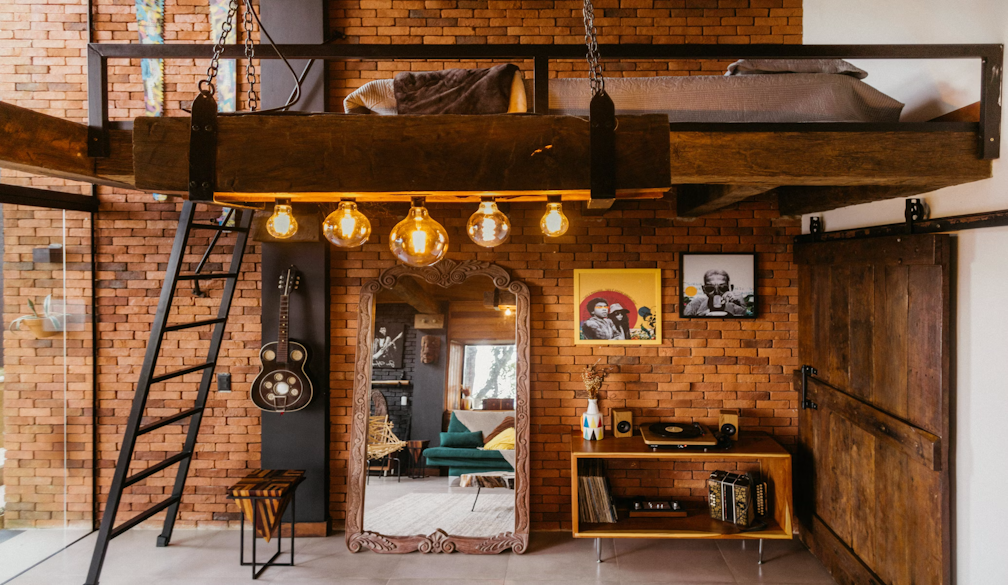The Essential Guide to Heating and Cooling Installation for Australian Homes

In Australia's diverse climate, from the scorching summer heat to the cold winter chill, having a reliable heating and cooling system is crucial for home comfort. Whether you're building a new home or upgrading an old system, the process of heating and cooling plays a critical role in ensuring that your system runs efficiently and provides optimal comfort.
This guide explores why professional installation is important, the factors to consider when choosing a system, and how to ensure that your home remains comfortable no matter the season.
The Importance of Proper Installation
Heating and cooling systems are significant investments, and the way they are installed can directly impact their performance, lifespan, and energy efficiency. Here are the primary reasons why proper installation is crucial:
- Efficiency and Performance
Incorrect installation can reduce a system’s efficiency by as much as 30%, meaning your unit may have to work harder to maintain the desired temperature. This not only leads to higher energy bills but can also shorten the lifespan of the system. A properly installed system, on the other hand, operates at peak performance, ensuring that your home remains comfortable while reducing energy consumption.
- Long-Term Reliability
A professionally installed system is less likely to suffer from issues such as uneven heating or cooling, incorrect air distribution, or frequent breakdowns. These problems often arise due to poorly connected duct work, inadequate ventilation, or improper sizing of the system. By ensuring that your system is installed by a qualified technician, you can prevent costly repairs and enjoy long-term reliability.
- Safety Considerations
Installing heating and cooling systems involves handling electrical wiring, gas lines, and refrigerants, all of which pose safety risks if not done correctly. A certified professional will adhere to all safety regulations, ensuring that your system operates safely and efficiently. This reduces the risk of fires, gas leaks, or electrical malfunctions.
- Warranty Protection
Many HVAC manufacturers require that their systems be installed by licensed professionals in order to maintain the warranty. If the system is installed improperly, you could void the warranty, leaving you responsible for any repairs or replacements that may be needed. Professional installation guarantees that your warranty remains intact, providing you with peace of mind.
Choosing the Right Heating and Cooling System
Selecting the right heating and cooling system for your home is not just about choosing the most popular brand or the unit with the highest efficiency rating. It’s about finding the system that meets your home’s specific needs. Here are a few factors to consider when deciding on the right system for your home:
- Size of Your Home
The size of your home plays a major role in determining the capacity of the system you need. A system that is too small will struggle to maintain a comfortable temperature, while an oversized system may cycle on and off too frequently, leading to inefficient operation and wear and tear. A professional installer will calculate the correct system size based on your home's square footage, insulation levels, and the local climate.
- Energy Efficiency
In Australia, energy costs can be significant, especially in regions where extreme weather is common. Choosing an energy-efficient system can save you a substantial amount of money on your utility bills over time. Look for units with a high Seasonal Energy Efficiency Ratio (SEER) or a high Heating Seasonal Performance Factor (HSPF). These ratings indicate how efficiently the system can heat or cool your home.
- Type of System
There are several types of heating and cooling systems to choose from, including split systems, ducted systems, and ductless mini-split systems. Each system has its own advantages and disadvantages. For instance, split systems are ideal for homes with existing ductwork, while ductless systems are great for homes without ducts or for adding climate control to specific areas.
- Climate Considerations
Australia is known for its varying climates, from the hot and dry conditions in the north to the cooler, temperate climate in the southern regions. When choosing a system, consider the climate of your area. For example, if you live in a region with long, hot summers, an air conditioning unit with a high cooling capacity is essential. Conversely, if winters are your primary concern, a system with strong heating capabilities will be necessary.
Benefits of Upgrading to a Modern System
If you’re still using an outdated heating or cooling system, upgrading to a modern unit can offer several benefits beyond just improved comfort. Here's why you might want to consider replacing an older system:
- Increased Energy Savings
Modern heating and cooling systems are far more energy-efficient than older models. With advancements in technology, newer systems can cool or heat your home while using less energy, resulting in lower utility bills. Additionally, many modern systems are compatible with smart thermostats, allowing for more precise temperature control and further energy savings.
- Better Indoor Air Quality
Older HVAC systems may not filter out allergens, dust, or pollutants as effectively as newer models. By upgrading to a new system, you can improve the indoor air quality of your home. Many new systems come equipped with advanced filtration systems that remove harmful particles from the air, creating a healthier living environment.
- Quieter Operation
Newer heating and cooling systems tend to operate more quietly than older models. If your current system is loud or disruptive, upgrading can provide you with a quieter, more peaceful home environment.
- Environmental Impact
Modern HVAC systems are designed with sustainability in mind. They use less energy and often rely on refrigerants that are less harmful to the environment. By upgrading your system, you can reduce your carbon footprint while also enjoying the benefits of a more efficient unit.
Tips for Maintaining Your Heating and Cooling System
After your heating and cooling installation is complete, it’s important to maintain your system to ensure it continues to perform at its best. Here are a few maintenance tips to keep in mind:
- Regular Filter Changes
One of the simplest and most important maintenance tasks is regularly changing the air filters in your system. Dirty filters can restrict airflow, reducing the efficiency of your system and potentially causing damage. Depending on the type of filter you use, it should be changed every 1-3 months.
- Annual Inspections
Schedule annual inspections with a licensed technician to ensure that your system is running efficiently. These inspections can catch small problems before they turn into major issues, saving you money on repairs and prolonging the life of your system.
- Check for Air Leaks
Air leaks in your home can reduce the efficiency of your heating and cooling system. Inspect your home for drafts around windows, doors, and ductwork, and seal any leaks you find to keep your home well-insulated.
- Keep the Outdoor Unit Clean
If you have an outdoor unit, be sure to keep it free from debris, such as leaves, dirt, and grass clippings. This will help maintain proper airflow and ensure that the system operates efficiently.




